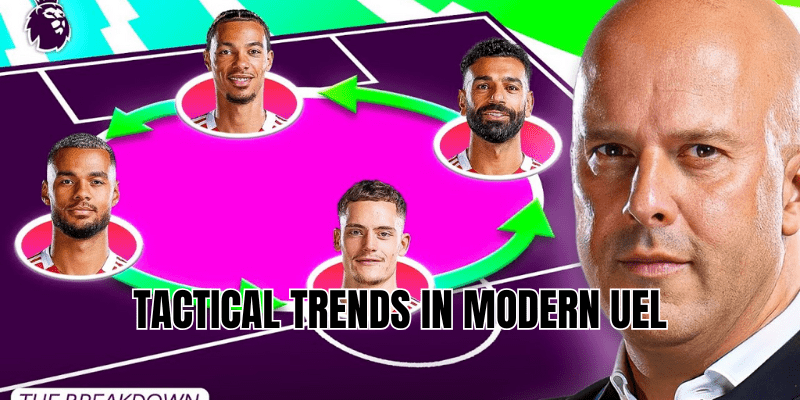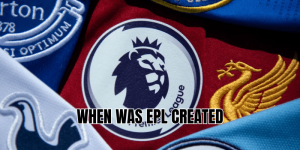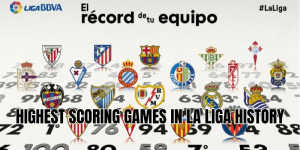In the fast-paced cauldron of European competition, the Europa League has quietly transformed into a laboratory for tactical innovation. Today, DaoKick invites you to dive deep into the the tactical trends in modern UEL, where underdogs, reinvented giants, and tactical rebels clash in captivating duels. From high-press gambits to hybrid systems, we’ll unpack how teams adapt — and outthink — in Europe’s secondary tournament, making it one of the most fascinating spectacles in world football.
Europa League as a Tactical Playground

Before we dissect the trends, it’s worth remembering that the UEL’s evolving format and the fluid mix of club pedigrees create a unique strategic landscape. With the 2024/25 season, UEFA introduced an incomplete round-robin league format (36 teams in a single table, only facing a subset of opponents), reshaping qualification dynamics and forcing coaches to manage risk more carefully.
This tweak has meant fewer “dead rubber” matches, higher stakes in every fixture, and greater reward for tactical consistency across different matchups.
Moreover, the mix of teams — big clubs dropping, rising clubs from smaller leagues — generates frequent stylistic contrasts, making adaptive tactics essential.
In other words: the UEL is no longer a consolation prize. It’s a proving ground.
High Pressing and Counterpressing Domination
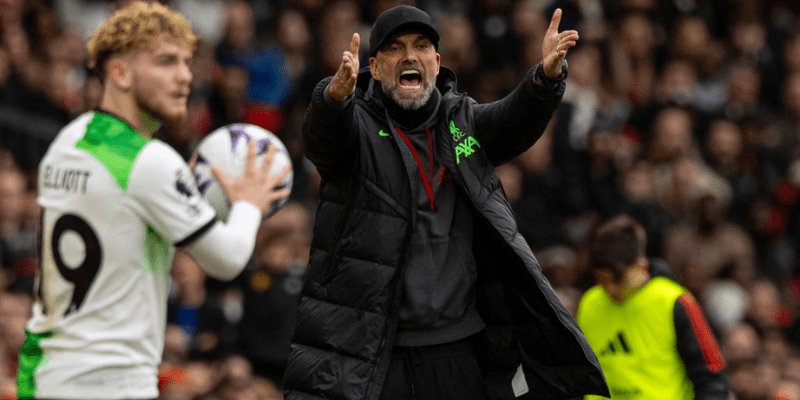
One of the boldest shifts across European football is the resurgence of high pressing and counterpressing (gegenpressing), and the UEL is no exception. Coaches are pushing their teams to win the ball back higher up — disrupting opponent buildup — and immediately transition into attack.
Why this trend thrives here:
- Opponents with weaker defensive structure are more vulnerable to pressure high up.
- Midweek fixtures often force rotations; pressing punishes less-organized squads.
- The need for goal difference and decisive results makes playing proactively attractive.
In the 2023/24 UEL technical report, UEFA analysts noted that press-based regains and value, and Romeros’ defensive solidity stemmed from winning second balls close to the opponent’s half.
That said, blind pressing is dangerous. Some teams now use selective high press — pressing lanes or forcing play to weak-footed zones rather than chasing every ball. Hybrid patterns, combining situational press with mid-blocks, are becoming more common.
Hybrid Formations And Positional Flexibility
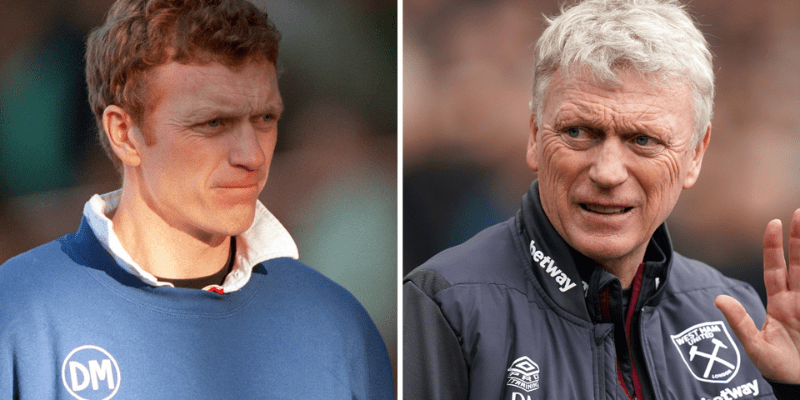
The era of rigid 4–4–2 or static systems is largely over — especially in Europa League play, where overloads, rotations, and match-specific tweaks are vital.
Key characteristics:
- Fluid double pivots
- Many UEL teams use two central midfielders who swap between deep build-up roles and box-to-box duties. This allows transformers of pressure and modular defensive shape.
- Inverted full-backs / wide center-backs
- To control half-spaces and resist wide overloads, fullbacks sometimes drift into central zones, creating a temporary back 3 with one fullback pushing wide in attack.
- Inside-forwards and wide mids interchanging
- Wingers cut inside, drag defenders, and the fullback or mezzala floods wide. This causes patterns of overloads and forces defensive decisions.
- Flexible backlines
- Some UEL squads will switch between 4–3–3, 3–5–2, or even 4–4–1–1 midgame, depending on match narrative. Against dominant possession teams, they may drop to five defenders; versus weaker sides, they push for width.
For instance, in UEL knockout ties, the Porto vs Roma 1–1 draw showcased one-on-one duels in isolated zones, with both teams morphing shape around those edges. Tottenham’s semi-final strategy also shifted shape in different phases to suffocate Bodø/Glimt’s strengths.
Gian Piero Gasperini’s trademark offensive-minded 3–4–3 / 3–2–4–1 style is another reference point: the flexibility of wing-backs, internal rotations, and risk-balanced defense represent the kind of daring whiplash shapes UEL supporters often witness.
Set Pieces & Crossing Renaissance
Contrary to the assumption that modern top-tier contests are all about build-up play, set pieces and crosses have staged a resurgence as tactical weapons in the Europa League.
From the 2021/22 UEL season, UEFA’s technical observers noted that an astonishing 37.7% of goals came via crosses — 138 goals from open-play crossing sequences.com]) Ball-playing defenders who can deliver precise balls and attackers capable in aerial duels have become premium pieces.
Tactical tweaks around set pieces:
- Near-post overloads to unsettle zonal defenses.
- False-9 blockers / misdirection runs to create space for runners behind.
- Short corner routines and at times inverted cross delivery.
- Positional switching to disrupt marking assignments.
In many tight UEL matches, goals off dead-ball routines swing momentum. Teams that invest in variation and rehearsed unpredictability often eclipse rival tactics.
Risk Management & Squad Rotation Strategies
UEL’s congested calendar forces coaches to blend ambition with pragmatism. Tactical trends increasingly reflect risk management philosophies.
- Rotation is crucial — especially among fullbacks, box-to-box mids, and wingers.
- In weaker phases, teams drop to compact low-blocks and absorb space rather than chasing possession.
- Coaches use match state management — going defensive when leading or transitioning swiftly when behind.
- Resting star players or using UEL as proving ground for youth means tactical plans must adapt.
Data, Analytics & Spatial Tracking Influence
Modern tactics in UEL owe much to data-driven support. Coaches and analysts now employ player tracking, heatmaps, passing networks, expected goals (xG) models, and zone deselection logic.
How analytics are shaping tactical trends:
- Overload identification: Recognizing opponent weak zones and shifting shape mid-game.
- Press triggers: Not all pressing is constant — analytics help create triggers to launch press.
- Spacing & angles: Algorithms detect gaps and inform player movement to stretch or compact.
- Set-piece optimization: Data defines likely run trajectories, spacing, and marking weaknesses.
The influence of technology has become foundational. Tactical evolution is no longer art alone — it is science.
Challenges & Counter-Trends
While many trends push forward, opponents adapt. Here are some countermeasures shaping the meta:
- Low-block resistance: Teams now train escape patterns against heavy pressing, e.g., switching to long diagonals or stretch passes.
- Press breakers: The rise of midfielders or center backs able to beat pressers 1v1 is forcing modifications.
- **Midline pressesInstead of all-out top press, some teams press in the opponent’s midfield to collapse buildup without overexposing.
- Hybrid offside traps & zonal mixes: Defenders now blend zonal marking and offside lines to stymie runs behind.
Thus, the meta fight is always evolving — trend and countertrend pushing each other.
Case Studies: Recent UEL Tactical Highlights
Tottenham Hotspur (2024/25 Champions)
Tottenham’s cup run revealed masterful balance: pressing in phases, disciplined structure when defending, and clinical use of possession. Their semi-final success over Bodø/Glimt showcased tight zone control and managing transitions.
In their final vs Manchester United, a solitary goal (via a cross) and smart defensive organization won them the trophy. Their compact setups, midfield shielding, and ability to absorb phase pressure illustrated perfect tactical blend.
Manchester United vs Lyon (Quarterfinal spectacle)
In a jaw-dropping 5–4 UEL classic, United and Lyon swapped blows. Tactical swings, risk-taking moves, and reactive shape changes characterized the tie. It became a chess match where spatial mastery and transitional control won.
Porto vs Roma (Knockout play-off)
This matchup exemplified fine margins: one-on-one duels, adaptive shape shifts, and as observers noted, “cat-and-mouse” geometry on wings.
These examples show how in modern UEL, no match is predictable; a single shift or moment can flip tactical phases.
Final Thoughts
The tactical trends in modern UEL reflect football’s dynamic evolution., to set-piece resurgence and data-informed strategies, the Europa League is now a crucible of innovation and adaptation.
Next time you watch a UEL match, look for how teams morph shape after conceding, how midfield pivots drift, or how corners unfold with surgical precision.
DaoKick hopes this journey into tactical trends inspires you to see the game differently — and to return as our readers explore player profiles, match breakdowns, and transfer insights. For every match preview or tactical deep dive you crave, we’ll be here — ready to decode, analyze, and share.
